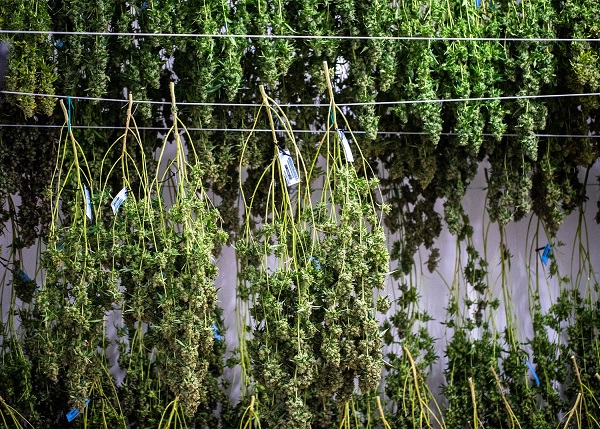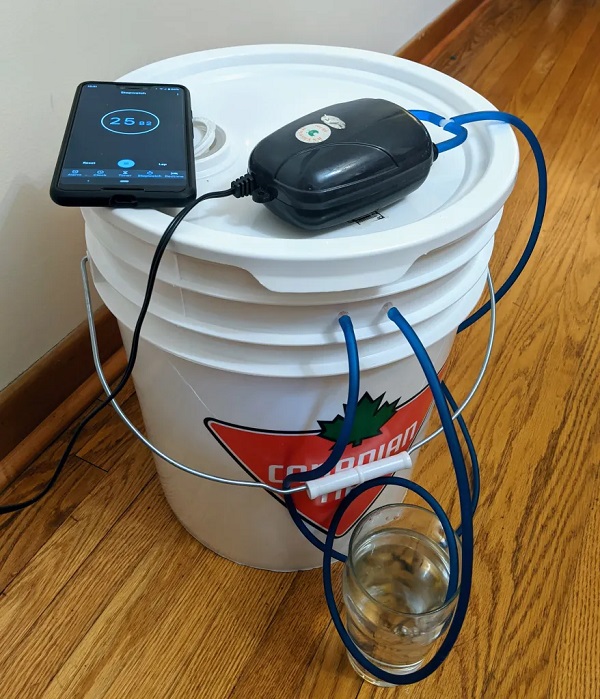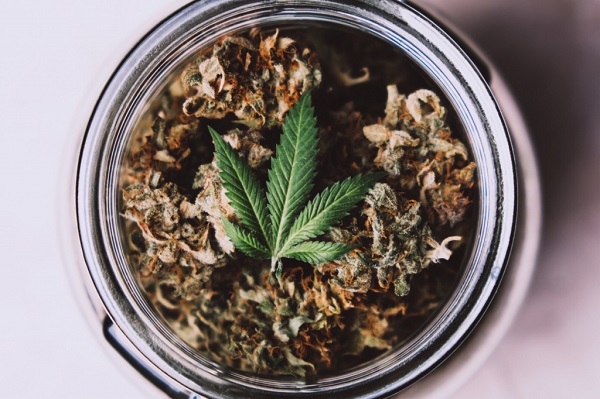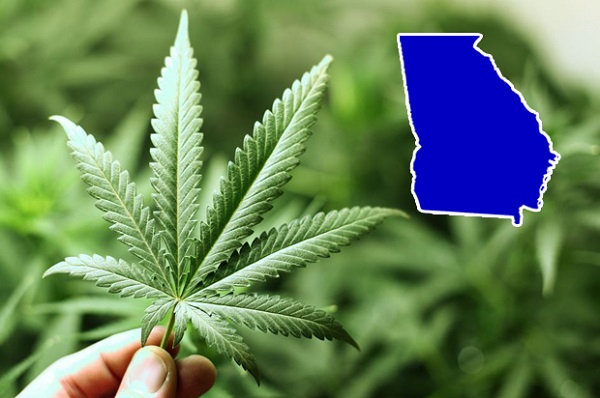Cannabis, a versatile plant renowned for its myriad of therapeutic and recreational benefits, has captivated the attention of both enthusiasts and researchers alike. As the legalization movement gains momentum across various regions, the demand for high-quality cannabis products has surged, prompting growers and consumers to seek ways to enhance the overall cannabis experience.
Among the various factors contributing to the quality of cannabis, one crucial process often overlooked is the art of cannabis curing. While growing and harvesting the plant are vital steps, proper curing is what truly elevates the final product, unlocking its full potential in terms of aroma, flavor, potency, and overall smoothness.
In this article, we delve deep into the intricate world of cannabis curing, exploring its significance, techniques, and best practices. Whether you’re a passionate cultivator or an enthusiastic consumer looking to enhance your cannabis journey, this guide aims to provide you with the knowledge necessary to achieve an exceptional curing process.
Why do we cure cannabis buds?
Properly tending to the drying and curing of cannabis buds is crucial for enhancing their aroma, flavor, potency, and longevity. With careful patience and attention, cannabis buds can maintain their taste and potency for over a year, as they become less susceptible to mold formation. By ensuring a thorough drying and curing process, cultivators can yield products that offer a smoother smoking experience and deliver a more enjoyable and balanced sensation to consumers.
Throughout the initial drying stage and the subsequent curing process, cannabis buds undergo molecular transformations. Some of the THC cannabinoids present in the buds gradually convert into CBN, a process that experienced growers understand and appreciate. They allow their buds to reach a harmonious blend of both THC and CBN, a true indication of a premium harvest.
Curing plays a significant role in enhancing the aroma and flavor of cannabis buds by facilitating the breakdown of byproducts present in freshly harvested buds. Upon harvesting, buds still contain sugars and starches that plants store for their growth. Over time, these molecules become susceptible to bacterial and enzymatic degradation. By removing these byproducts, cultivators can produce buds that offer a smoother smoking experience, an enticing aroma, and a more delightful taste.
How long does it take to cure cannabis?
Curing cannabis is a delicate process that requires careful attention to detail and a consideration of various factors. The duration of the curing process can range from three weeks to six months, depending on a multitude of variables, primarily dictated by the environment in which it takes place.
Humidity levels play a crucial role in the curing process. Cannabis buds need to be dried slowly to achieve the desired outcome. If the humidity is too high, the buds can develop mold and other undesirable contaminants. On the other hand, if the humidity is too low, the buds may dry too quickly, resulting in harsh smoke and a loss of aroma and flavor. Maintaining an optimal humidity level is essential for a successful cure.
Temperature also impacts the curing process. Extreme temperatures can negatively affect the chemical composition of the buds and alter their potency and overall quality. It is important to ensure a stable and moderate temperature range throughout the curing period to preserve the integrity of the cannabinoids and terpenes present in the buds.
The breathing method, which refers to the exchange of air within the curing containers, is another critical aspect. Proper airflow helps remove excess moisture from the buds while allowing them to develop their unique flavors and aromas. This can be achieved by periodically opening the containers to let fresh air in and release any built-up moisture.
The choice of curing containers also contributes to the overall process. Containers that offer airtight seals help maintain a controlled environment, preventing external factors from affecting the buds’ quality. Glass jars are commonly used due to their ability to preserve the buds’ characteristics without introducing unwanted flavors or odors.
Experienced growers understand the importance of addressing these factors to achieve the best final product. While a slow cure may take a longer time, it allows the buds to undergo a gradual and controlled drying process. This extended curing period allows for the breakdown of chlorophyll and other undesirable compounds, resulting in a smoother smoke and improved aroma and flavor profiles.
How to cure cannabis

- Transitioning from drying to curing:
While some growers opt to remove the buds from their branches immediately after harvest, experienced cultivators often prefer to trim the buds after the initial drying stage. By keeping the buds on their branches during the first and second week of drying, they retain a higher concentration of cannabinoids. Utilizing tools like the Green Broz Model M Dry Trimmer can aid in maintaining the buds’ integrity and potency as they are prepared for the curing process.
- Prepare a dark curing environment:
To prevent the degradation of crucial compounds such as THC and terpenes, it is vital to avoid light exposure during the curing process. When using mason jars for curing, it is advisable to store them in a dark cupboard or box. Some growers even opt for glass jars that filter out all visible light except violet, providing additional protection to the buds. For those employing auto-curing buckets or professional curing technology, ensuring the curing room remains as dark as possible is essential.
- Stash flower for curing:
When the dry cannabis is ready for curing, it should be placed in airtight containers, filling them to approximately 75 percent capacity. To determine if the buds are suitable for curing, shake the jar after filling it. If the buds rattle freely, they are likely ready for curing. However, if shaking the jar causes the buds to clump together, the exterior of the buds may need further drying.
- Monitor humidity and temperature levels:
Most growers agree that optimal humidity levels for curing fall between 45 and 65 percent, with temperatures around 21°C/69.8°F. A hygrometer is necessary to accurately measure humidity. During the initial 24 hours of the curing process, it is prudent to check the buds twice a day for any signs of mold development. Excessive humidity encourages the growth of anaerobic bacteria, which breaks down the buds. If the containers emit an ammonia-like smell upon opening, it indicates the need to lower humidity levels in the room or leave the containers open for extended periods. Experienced growers often suggest leaving the containers open for approximately three hours. Additionally, humidity packs can be placed in containers to maintain consistent moisture levels and prevent humidity fluctuations.
- Let the buds breathe:
After the first few days, if the curing process is progressing as desired, the jars should be briefly opened once a day for at least the following two weeks. This practice, known as “burping” the stash, allows for proper ventilation. If an auto-curating system is in place, this step may be eliminated. After approximately three weeks in a carefully controlled environment, many growers will have successfully produced fully cured buds. Different strains may require specific conditions and varying curing periods, so conducting thorough research is crucial before embarking on the drying and curing process for specific strains.
How to cure cannabis with automation

When it comes to handling larger quantities of cannabis buds, the traditional method of individually “burping” each curing jar can be time-consuming for novice growers. That’s why experienced cultivators who harvest substantial amounts of cannabis often opt for automated curing methods.
Auto curing can be achieved through the use of “auto-curing buckets.” These buckets are typically constructed using food-grade, BPA-free five-gallon buckets equipped with gamma seal lids. With the capacity to hold around two pounds of flower per bucket, they significantly increase the harvesting capacity for growers.
The process of modifying the buckets for auto curing requires some initial effort but greatly reduces the labor involved in the curing process. Growers drill holes into the buckets and insert silicone tubing fitted with check valves to establish intake and exhaust functions. These tubes are connected to an air pump that regulates the airflow during the curing process, effectively replacing the manual act of unscrewing jars periodically for ventilation.
For large-scale growers, the automation of the curing process goes beyond DIY solutions. They employ professionally constructed technology specifically designed to provide precise air flow control, similar to that achieved with auto-curing buckets. This professional equipment ensures consistent and optimal curing conditions, allowing for efficient handling of substantial quantities of cannabis buds.
By embracing automated curing methods, both through DIY modifications or professional technology, experienced growers can streamline their operations, save time, and maintain consistent curing conditions for larger quantities of cannabis, ultimately optimizing the overall quality of their harvest.
Conclusion
The proper drying and curing of cannabis buds are essential for achieving the best possible product. Experienced growers understand the intricacies of these processes and employ techniques to optimize aroma, flavor, potency, and longevity. By patiently drying the buds and carefully controlling the curing environment, cultivators can produce buds that offer a balanced and enjoyable experience for consumers. Whether through manual “burping” of jars or automated curing methods, the goal remains the same: to produce high-quality cannabis that showcases the full potential of the plant’s natural compounds. With attention to detail and a commitment to excellence, growers can elevate their harvest to deliver a superior cannabis experience.












